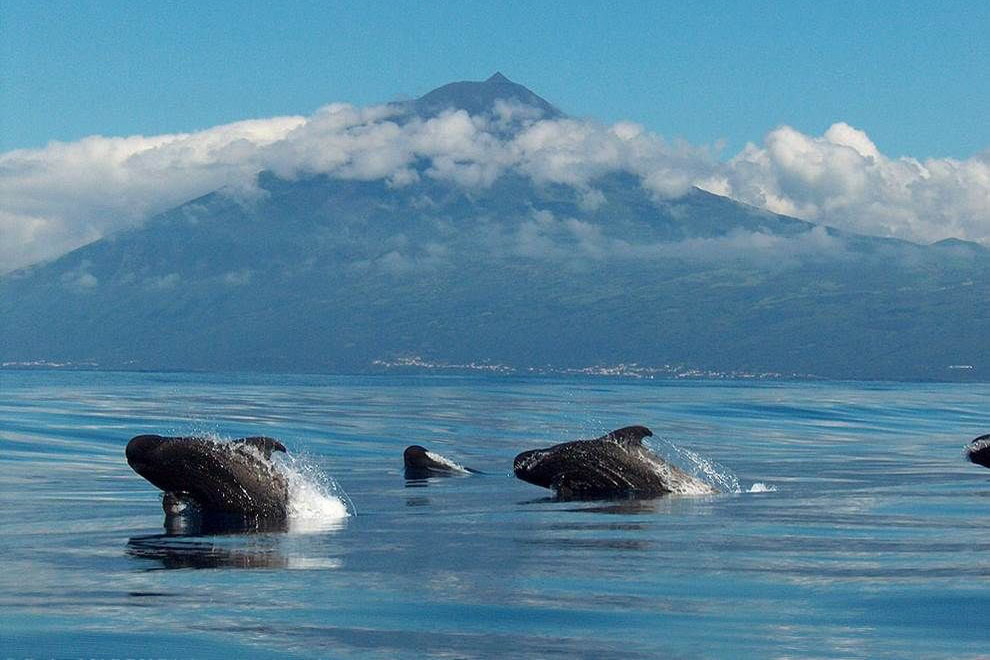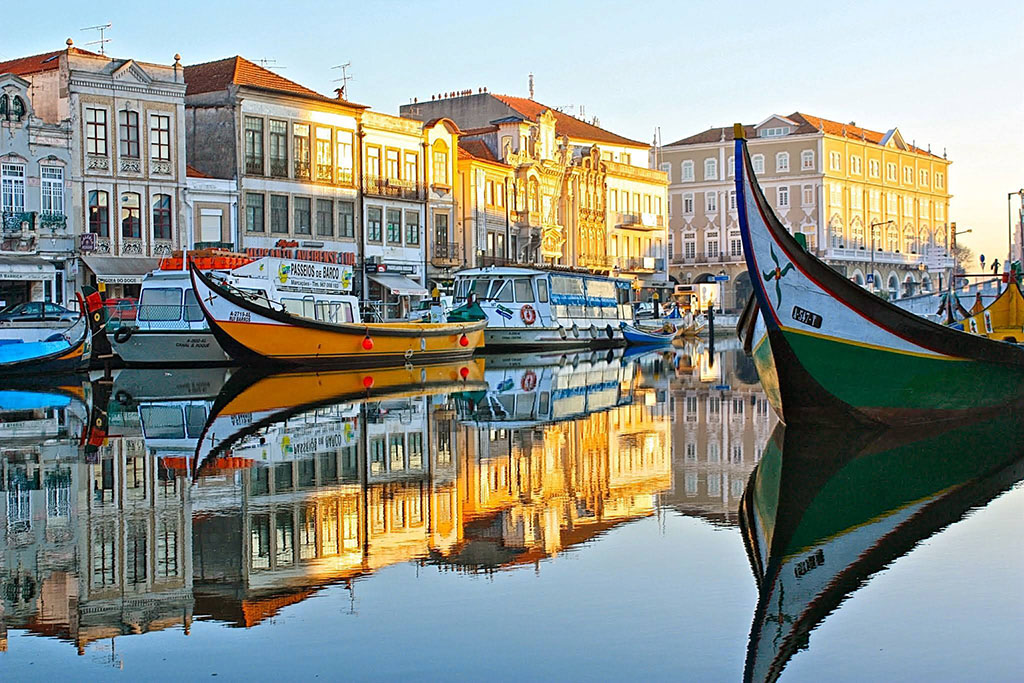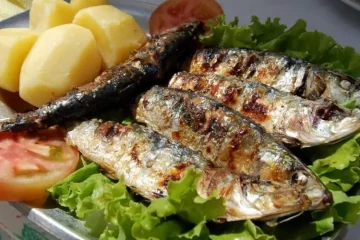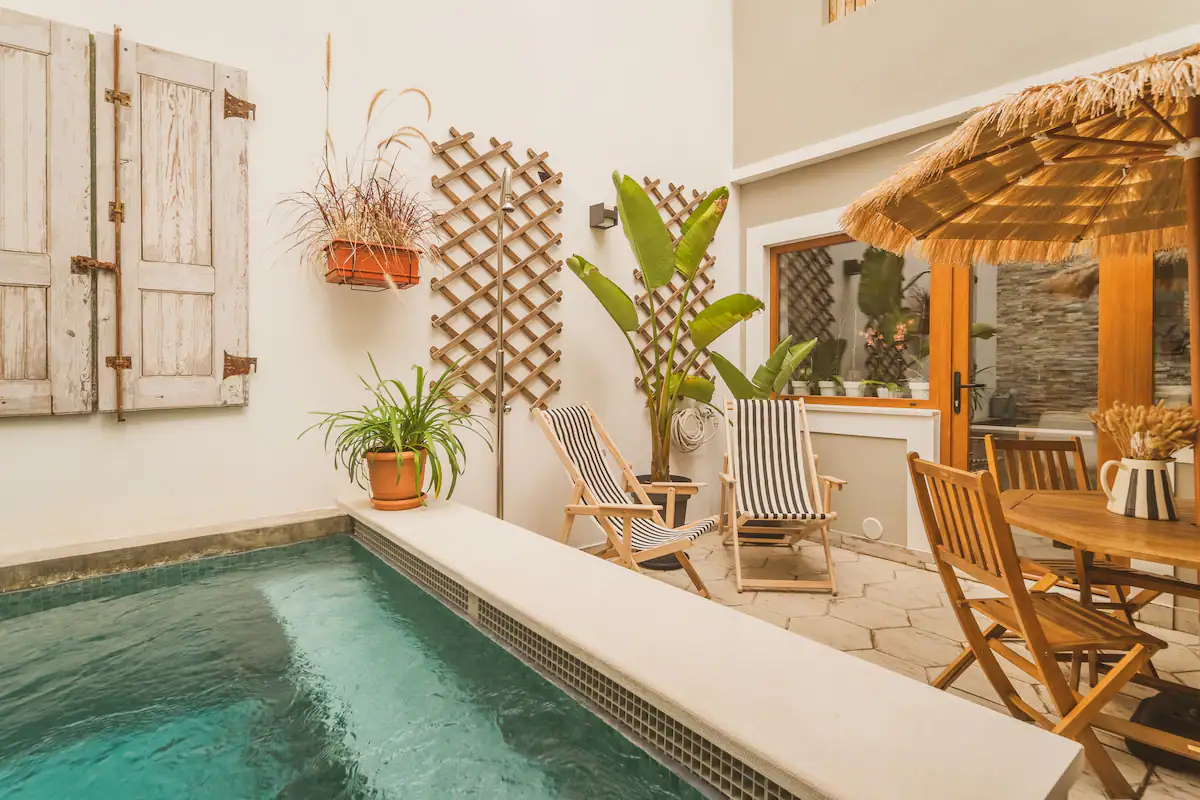Why visit Portugal? Here are 10 of the best reasons
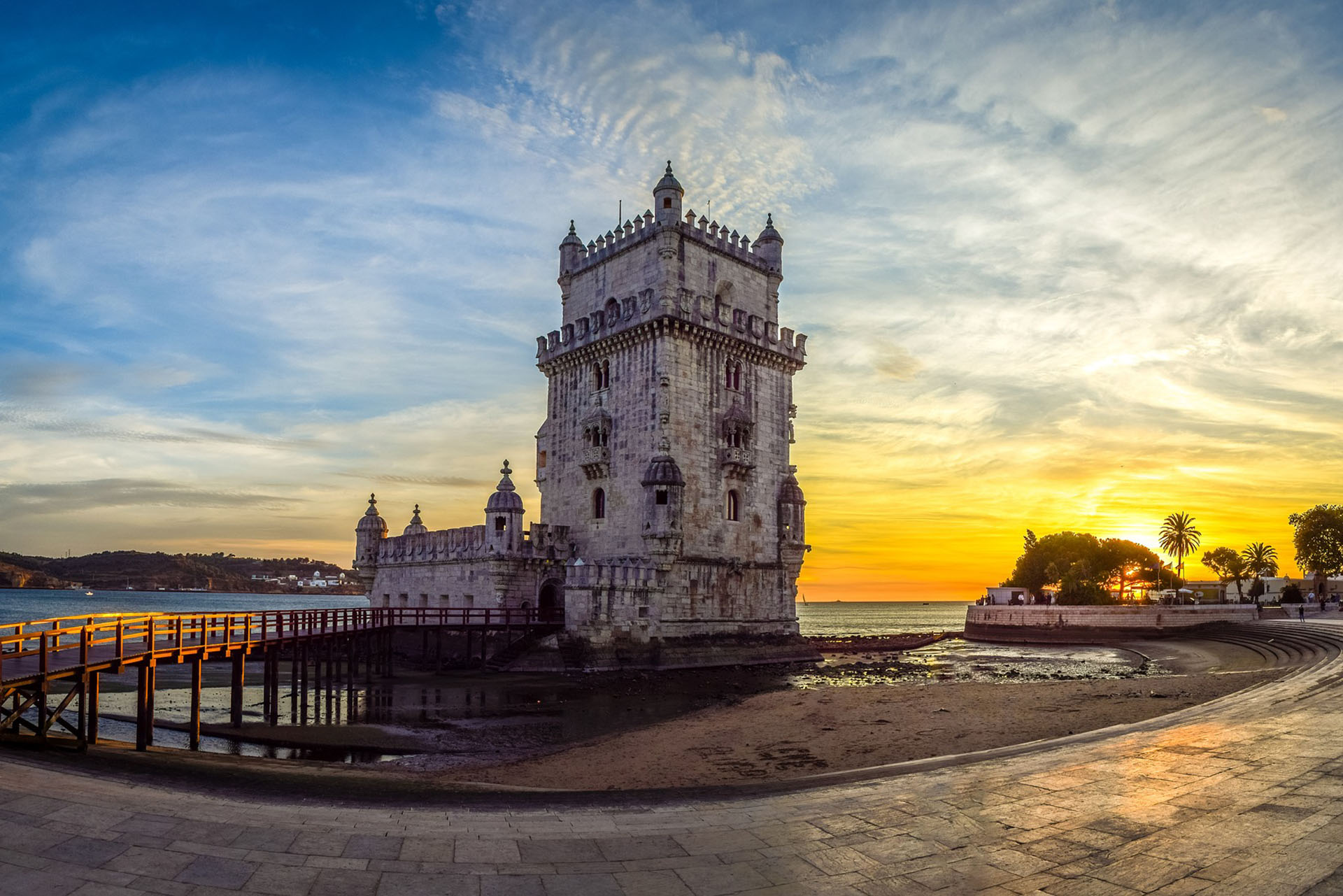
Destination Portugal has it all: historic cities, world-renowned cuisine, natural landscapes, and some of the world’s most spectacular beaches – here are 10 of the best places to visit in Portugal. Discover the 10 of the best reasons to visit Portugal!
Once the world’s maritime leader and the longest-lived of Europe’s modern empires, Portugal has a complex history to explore alongside dramatic geographic landscapes, turquoise beaches, a rich gastronomy scene, and all the Port and bacalhau (salted cod fish) you can ask for. Trace the various civilizations that have crossed Portugal in the castles, palaces, and narrow cobbled streets typical around the country. But Portugal has some surprises, too – whale watching, natural springs, a village built from boulders, and a chapel made of human skeletons, to name a few of Portugal’s top sites to see.
Surf the beaches of the Algarve
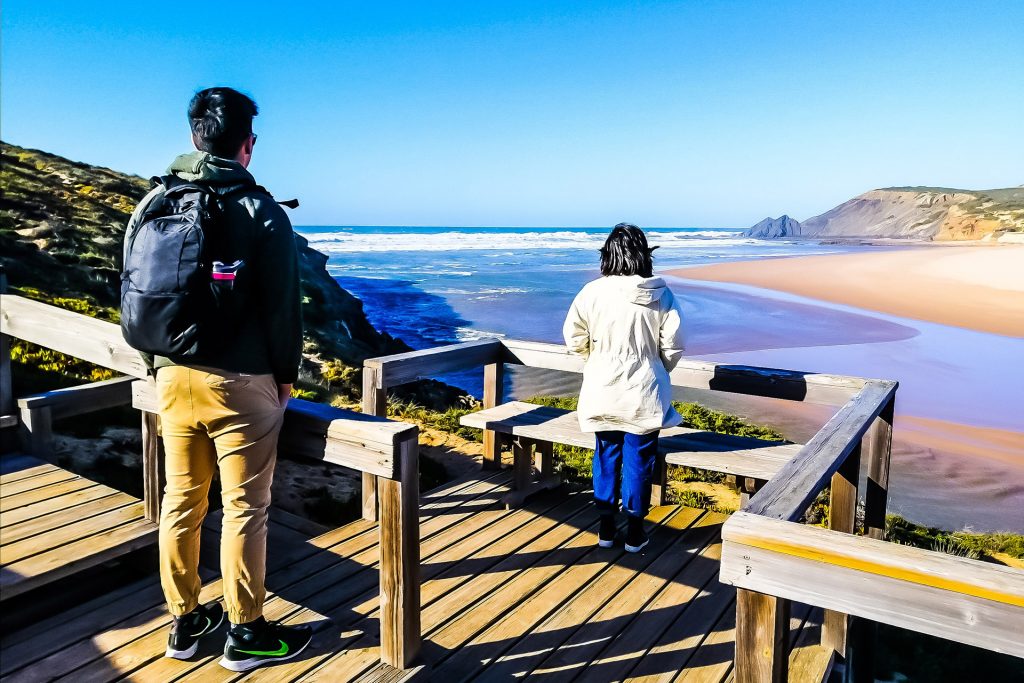
The Algarve, in the south of Portugal, is famous for its stunning beaches – there are 150 – and spectacular waves. Steer clear of the crowded south coast and head west to the less developed part of the Algarve where huge Atlantic rollers make for awesome surfing for experts and beginners alike. Praia do Amado, on the Costa Vicentina, is Portugal’s best-known surfing beach. While its big waves have attracted international body boarding and surfing competitions, it’s also family friendly with sand dunes, cliffs, rock pools at low tide and its own surf school. Nearby is the wide sweep of Praia de Bordeira, one of the most spectacular beaches in Portugal with limestone cliffs, swathes of sand dunes, great waves and 3 km of golden sand. You can surf, windsurf or body board at Praia do Martinhal in the Bay of Baleeira, near Sagres and then enjoy oysters and garlic prawns at the wooden restaurant behind the sand dunes. At Praia do Amoreira, just outside the little town of Aljezur, the surf is good, there are loads of starfish-filled rock pools to keep youngsters happy but bring your own picnic. For more information, see Algarve tourist information portal.
Explore the castles, palaces and royal retreats of Sintra
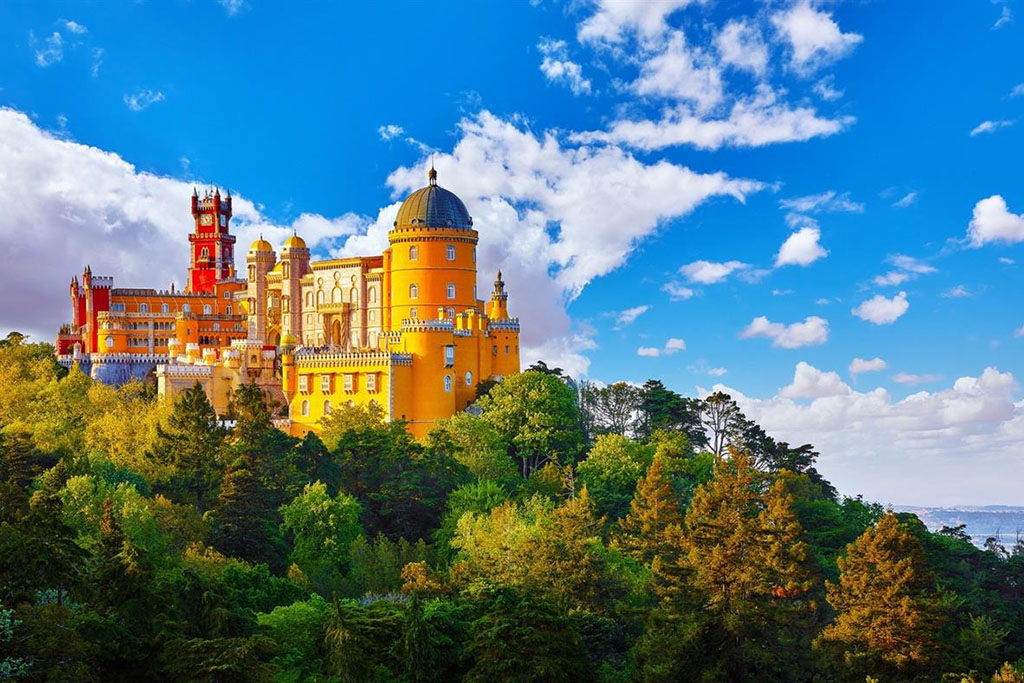
Not far from Lisbon, on the central western Portuguese coast, are the forested hilltops and opulent castles and palaces of Sintra. The most fantastical of these is the gloriously decadent, colorful and eclectically styled Palácio da Pena. The palace was built in the 19th century for Ferdinand II as the summer residence of the Portuguese royal family and is still used for state occasions. One of the Seven Wonders of Portugal, its 19th-century Romantic architecture is a Gothic, Moorish and Renaissance mash-up. The Castelo dos Mouros is a Moorish castle built in the 8th and 9th centuries with amazingly well-preserved towers and ramparts. The Palácio Nacional de Sintra has iconic conical chimneys, courtyards, columns and hand-painted tiles. The Palácio Nacional de Queluz is a Roccoco confection dating back to the 18th century, while the Palácio de Monserrate is from the 19th century – and the list goes on and on. Unsurprisingly, Sintra has been awarded UNESCO World Heritage status.
Go hiking in the Parque Natural da Serra da Estrela

Go hiking or climbing in the rugged mountainous landscape of the Parque Natural da Serra da Estrela in the center of Portugal. It’s Portugal’s largest protected area of countryside – more than 1,000sqm of rock-strewn meadows, gushing rivers and waterfalls, forested slopes, terraced fields and icy lakes – and where you’ll find Portugal’s highest peak, Torre or ‘tower’ at 1,993 m. There are lots of hikes and trails and some dramatic drives, especially from Manteigas or Covilhã up to Torres. On the way up to the rocky gorges, look out for casais, traditional one-room stone shepherds’ huts thatched with straw. Sheeps’ wool once made this one of Europe’s biggest wool-producing regions – there’s a museum that tells the story in Covilhã. The mountain town of Manteigas, with its cobbled streets and picturesque houses, makes a great base to explore the area.
Take a boat or a train along the Rio Douro valley
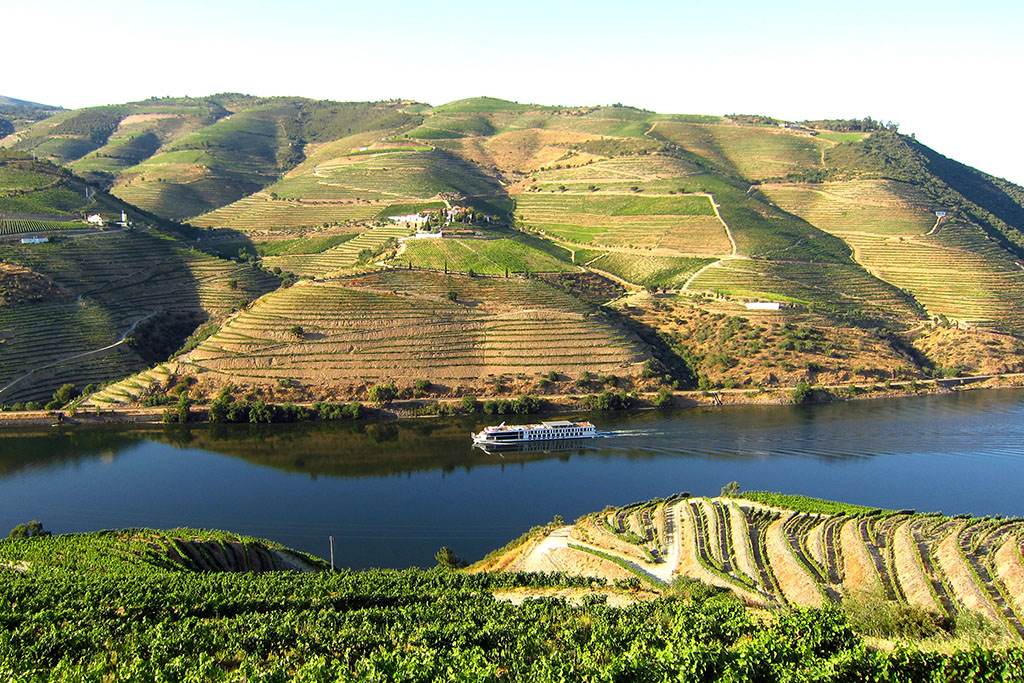
Famed for its production of the sweet dessert Port and other wines, the valley of the river Douro, especially the Alto (upper) Douro, has a spectacular landscape of unbelievably steep hillsides covered with vines and, here and there, wine-producing farms called quintas. Making the trip by car will allow you to visit the wineries, spend a night or two in one of the quintas or even join in the grape harvest en route but roads are winding and sometimes stomach-churningly precipitous. If you have the time, take the train: the Linha do Douro is one of Europe’s great railway journeys, connecting Portugal’s second city of Porto with Peso da Regua and other towns along the 200 km route. Boats also make the trip up (and down) river between Porto and various points along the Alto Douro.
Stroll around atmospheric Lisbon

The capital of Portugal has it all: a stunning hilltop location on the river Tegus, magnificent plazas, icing-sugar cathedrals and the cobbled alleyways of the old Moorish Alfama quarter. Visit the vast waterfront mosaic square Praça do Comércio (commerce square) surrounded on three sides by 18th-century arcades and ornate facades. Don’t miss the Mosterio dos Jerónimos, a honey-colored stone confection of arches, pillars, columns and turrets and where you’ll find the body of one of Portugal’s most famous sons, explorer Vasco de Gama. See if you can spot the rhinos on the 16th-century Torre de Belém. Absorb the city’s vibe and jump on one of the city’s yellow trams, enjoy a pastel da belém in a patissiere, or listen to mournful fado singers on a patio restaurant. Take the Elvador da Gloria up to the top of one of Lisbon’s fabled seven hills, Miradouro de São Pedro de Alcântara – the hilltop district of Bairro Alto is where you’ll find some of the city’s best nightlife.
Go back in time in Monsanto, the village built from granite boulders
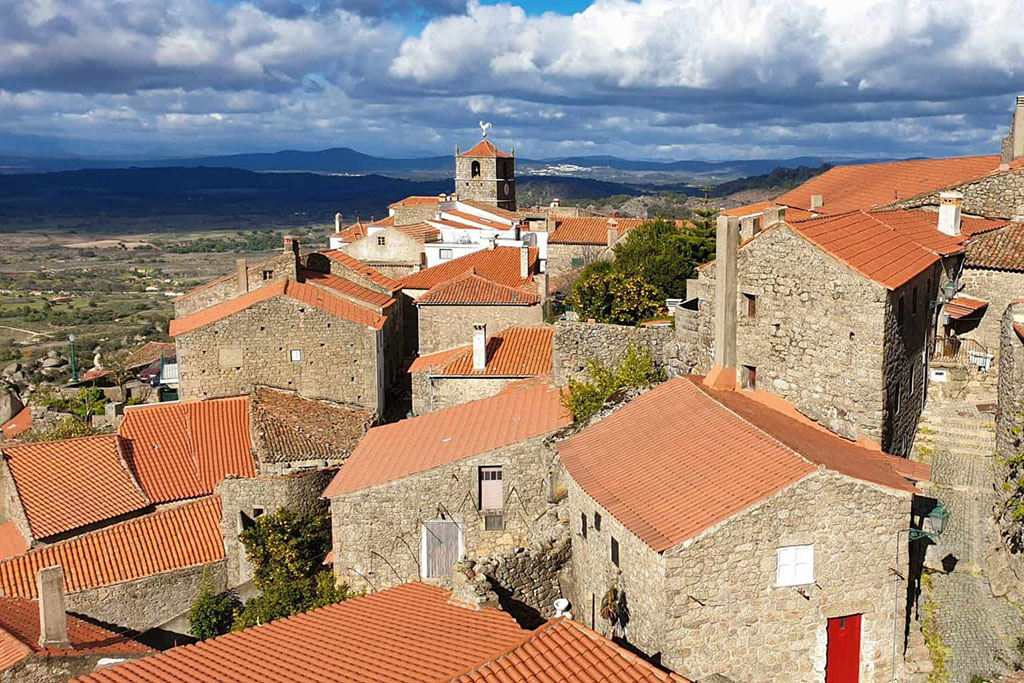
The sun-baked plains, olive groves and granite outcrops in Beira Baixa in Eastern Portugal is the land that time forgot – and where you’ll find a village that could have come straight out of The Lord of the Rings. Perched 2,486ft above sea level and with breath-taking views, the village of Monsanto grew up and around gigantic, and seemingly precariously balanced, granite boulders on the side of the vertiginous Mons Sanctus. The boulders have been used as floors, walls and even (nerve-wrackingly) roofs in houses that date back 500 years; look out for the Casa de Uma Só Telha, the house with only one tile – a massive lump of granite. You might see villagers singing with square Moorish tambourines called adufe, donkeys as the main form of transport around the narrow cobbled streets, and rag dolls called marafonas used to ward off sorcery. A few kilometers to the north is the horseshoe-shaped mediaeval village of Sorthelha with its ruined castle – and more granite. This is a region best explored by car as public transport is infrequent and slow.
Party in Porto

On the mouth of the Rio Douro (river of gold) lies Porto: the city that gave its name to the country and its most famous export, Port. Today, Porto is Portugal’s second city and a colorful mix of medieval relics, extravagant churches, and Beaux Arts buildings and a lively music scene. The Cais da Ribeira riverfront is the heart of the city: tall old buildings made from granite and tile line the river front, narrow streets lie behind and Roman ruins lie underneath. There are loads of wine caves open for tastings. It’s not all port and historic buildings though – the city attracts the world’s best rock, electro and jazz musicians; don’t miss the cutting edge Musea de Arte Contemporânea and the concert space the Casa da Música.
Visit a chapel made from human skeletons in Évora
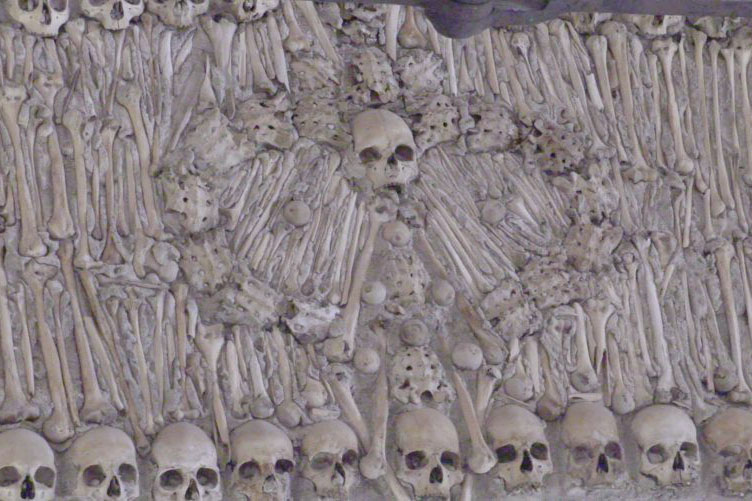
The old walled citadel of Évora lies at the foot of a mountain range of the same name in the wine region of Alentejo and is one of Portugal’s best-preserved medieval towns. Start off in the Praça do Giraldo, which was (rather gruesomely) used as an execution ground during the Spanish Inquisition, then follow the city’s narrow streets into light-filled squares, and pass fountains and courtyards to discover the rose granite towers of Sé de Évora (the fortress-like medieval cathedral), the Corinthian columns of the Templo Romano (a Roman temple that became a medieval fortress than the town’s slaughterhouse) and the Igreja Real de Sao Francisco and the 16th-century Capella dos Ossos (chapel of bones) where human skulls and other bones – some 5,000 bodies is the estimate – are cemented into the walls. Outside the city, you can see evidence of even older inhabitants: Neolithic stone circles.
Whale watching and thermal springs in the Azores
The Azores, some 1,500 km (930 miles) to the west of Lisbon in the Atlantic Ocean, have one of the best marine habitats in the world for marine mammals – a quarter of the world’s known species have been identified off its coasts. Some say it’s because underwater cliffs on the Azores create the perfect feeding ground. Get out on boat at any time of year and you can expect to see pilot and sperm whales and many types of dolphin. From April to June you might also see blue, humpback, orcas, fin, minke, and many other whales. Back on dry land, relax in a spa. The islands were created out of erupting lava millions of years ago (although the youngest island, Pico, is only 300,000 years old). There are huge extinct volcanoes, steaming fumeroles and geo-thermal springs – hot, cold, sulphurous, salty, sparkling, still water gushes from the rock face. You can bathe in it, drink it, and cook food in the ground.
Take a gondola ride around the canals of Aveiro, the Venice of Portugal
Hop aboard one of the brightly painted, flat-bottomed barcos moliceiros to explore the labyrinthine waterways of Aveiro, a town lying on the edge of a vast lagoon in the Baixo Vouga sub-region of Portugal. Dating back to the Romans, who called the place Aviarium (‘place of birds’), Alveiro prospered as a seaport in medieval times. The Newfoundland cod-fishing grounds were discovered by Alverio’s João Afonso and salt from Alveiro’s salt pans was used to preserve the fish bacalhau, a feature ingredient in Portuguese cuisine. Later a storm blocked the mouth of the river Vouga making it inaccessible to sea-faring vessels and it wasn’t until the 19th century that Alveiro was reconnected to the sea via the Barra Canal, and its fortunes were reversed; the pastel-colored Art Nouveau houses lining the canal are from this time. A ride on one of the traditional seaweed-gathering barcos moliceiros will give you the best views of the town and the São Jacinto Nature Reserve on the salt marshes. There’s a lively fish market and the 15th-century Convento de Jesus has a museum.
Source: expatica.com
